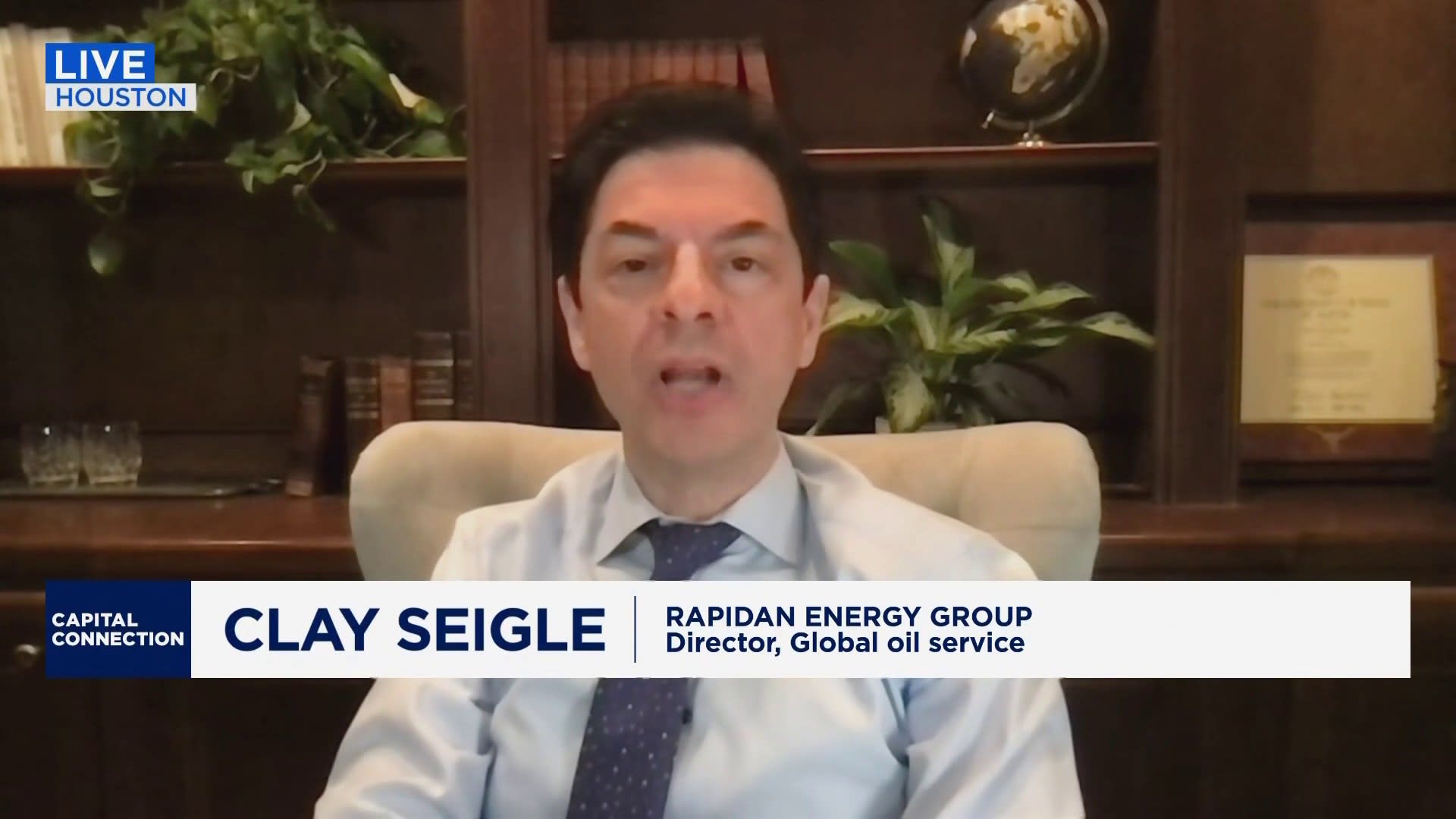
U.S. crude oil futures jumped more than 3% on Wednesday after Hamas political leader Ismail Haniyeh was assassinated in Tehran, renewing fears that Middle East is teetering on the brink of a regional war.
Here are Wednesday’s energy prices:
- West Texas Intermediate September contract: $77.28 per barrel, up $2.55, or 3.51%. Year to date, U.S. oil has gained 7.9%.
- Brent September contract: $80.73 per barrel, up $2.10, or 2.67%. Year to date, the global benchmark is ahead 4.8%.
- RBOB Gasoline August contract: $2.44 per gallon, up 5 cents, or 2.41%. Year to date, gasoline is up 16.2%.
- Natural Gas September contract: $2.08 per thousand cubic feet, up 4 cents, or 2.07%. Year to date, gas is down 17%
Iran’s paramilitary Revolutionary Guard accused Israel of assassinating Haniyeh at his residence in Tehran. Iran’s supreme leader Ayatollah Ali Khamenei said it is Iran’s duty to punish Israel for this action, according to a Google-translated report from the state-run Islamic Republic News Agency.
Haniyeh’s assassination casts even more uncertainty over a potential Gaza cease-fire deal between Israel and Hamas. Haniyeh was a senior negotiator in the talks.
CNBC has reached out for comment to the Israeli Ministry of Foreign Affairs and Prime Minister’s Office.
Oil gained ground amid exacerbated hostilities in the oil-rich Middle East region, where Israel has been fighting Iran-backed Palestinian militant group Hamas since the latter’s terror attack in October.
Israel’s decision to carry out a retaliatory campaign in the Gaza Strip has since broadened the conflict, with Israel trading fire with other Iran-supported factions, such as Lebanon’s Hezbollah and Yemen’s Houthi.
Oil markets have so far absorbed the shocks of inching escalations in the Middle East, which were intermittently exacerbated by trade disruptions caused by Yemeni maritime attacks and by episodes of direct hostilities between Israel and Iran or Hezbollah.
Clay Seigle, director of the global oil service at Rapidan Energy Group, told CNBC’s Emily Tan that oil traders have been “mispricing” the geopolitical risks in the Middle East, with the market left “a bit sanguine” by an expected disruption of barrels in the wake of Russia’s war in Ukraine that “never materialized,” along with a 10-month simmering war in the Gaza enclave.

“But now we’re moving into a phase of deterioration into the Middle East that we believe is going to capture oil traders’ attention and get them to return some material risk premium into the price of Brent. At least $5 [per barrel] to start, even before we see a potential physical supply disruption,” he said.
“The events that we’ve seen over the past 1-3 days have marked a fairly sharp deterioration that has the potential to break us out of this phase of contained escalation between the sides that we’ve seen really since Oct. 7 and take us into new territory for oil and gas markets,” he added.
Other analysts questioned the potential of the latest escalation to shore up oil prices in the long term.
“I believe the fact that the assassination took place on Iranian soil has raised the stake and the danger of actual supply disruption, hence the rally in oil,” Tamas Varga, an oil analyst at PVM Associates, told CNBC.
“Nonetheless, I believe, its supportive impact will not last unless further escalation unambiguously threatens physical output from the region.”
UBS analyst Giovanni Staunovo echoed the sentiment.
“Concerns of an escalation of tensions in the Middle East have lifted crude prices. That said, geopolitical risk premia in oil only tend to last if there are supply disruptions. The reaction of oil prices have been modest, as so far there have been no supply disruptions,” he told CNBC.
The price movement comes just as a technical committee of the influential OPEC+ — summing the Organization of the Petroleum Exporting Countries and its allies — is set to meet on Thursday and assess compliance with individual members’ production quotas. While this Joint Ministerial Monitoring Committee does not have the authority to tweak the coalition’s formal output strategy, it can call a full-fledged ministerial meeting to do so, if market circumstances warrant the step.
Quota compliance has come under the group’s scrutiny, with the OPEC Secretariat on July 24 noting it had been informed by OPEC+ members Iraq, Kazakhstan and Russia on their plans to make up the volumes they had overproduced in the first half of the year with additional output cuts over the course of the period between July 2024 and September 2025.
The events also come on the week of earning reports from European oil majors. Shell is due to post on Thursday, after BP on Tuesday raised its dividend and posted second-quarter profit above expectations.

